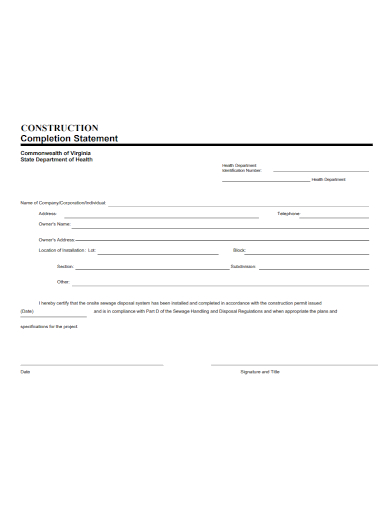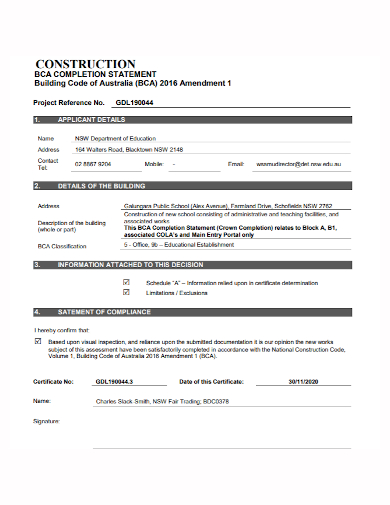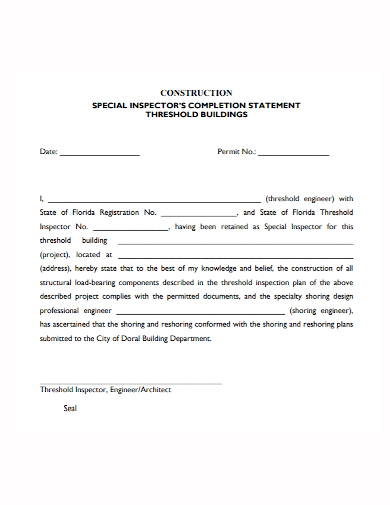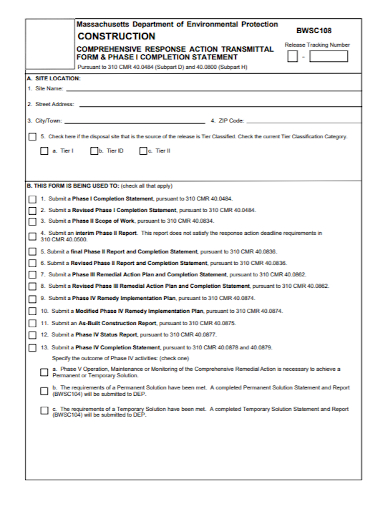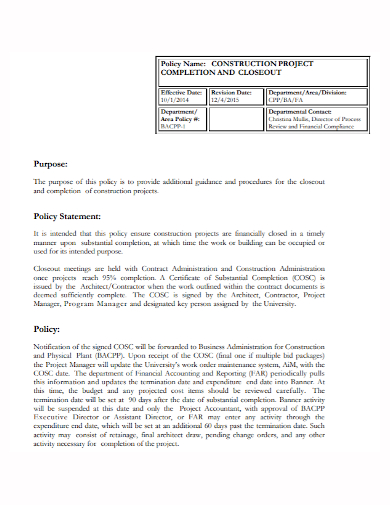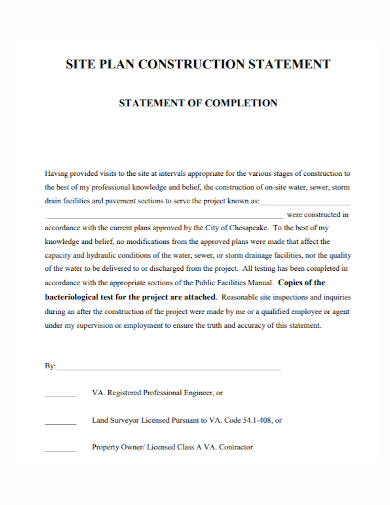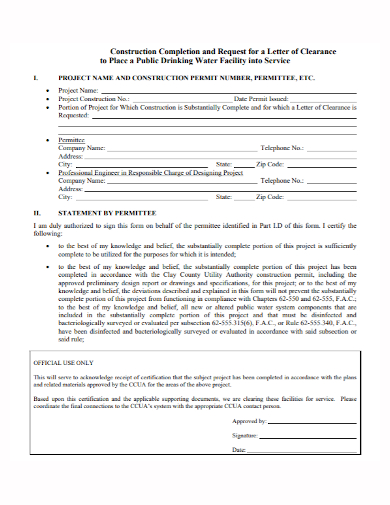After a couple of days of working on a project, the supervisor or developer of the project unexpectedly asks the employees working on the project to submit a progress report. Documents known as progress reports are used to monitor and report on the development of a project as it continues to be worked on. The majority of the time, it takes the form of a brief succession of working days, typically ranging from one week to one month. The purpose of an employer requesting a progress report is to provide the employer with a summary of what has been accomplished as well as the overall progress of the team within a predetermined amount of time. This ensures that the employees will have the opportunity to evaluate their own work as well as how they have contributed to the overall success of the project and the team as a whole. On the other hand, employers are able to monitor their employees’ performance while they are at work, which allows them to effectively delegate certain tasks that are currently being performed.
Because progress reports are essentially just a summary of how an employee spent their previous week at work. The form, dimensions, and scope of the project are largely irrelevant to its success. If you are a developer working on a project and you want to monitor the progress that both your team and the project are making, then you should consider writing a report on the progress that has been made. Projects such as construction work really well with a progress report because, of course, you would want to know the current status of whatever it is that you are building, and whether or not you are making significant progress. A progress report works really well with projects such as construction. When your employer asked for a weekly construction progress report, your reaction may have ranged from confusion and anxiety to complete readiness, depending on how much prior experience you have with writing documents. However, there is no need to be concerned because we are here to assist you. To begin, look over the following examples of weekly construction progress reports that have been provided for you so that you can become familiar with the document. Examine an example of a report that was written effectively. When you are finally getting around to making your own, you can even use these as a guide or a template to get you started.
10+ Construction Statement at Completion Samples
1. Construction Statement at Completion Template
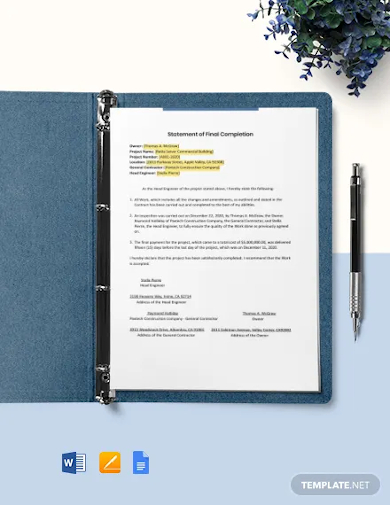
2. Construction Statement at Completion
3. Construction Statement Acceptance at Completion
4. Construction Work Statement at Completion
5. Building Construction Statement at Completion
6. Construction Statement Proposal at Completion
7. Construction Threshold Completion Statement
8. Construction Phase Completion Statement
9. Construction Project Completion Policy Statement
10. Site Plan Construction Completion Statement
11. Construction Completion Permittee Statement
What Is a Construction Statement at Completion?
When the project is finished, the construction statement acts as a document that facilitates communication and coordination between the various departments of the project as well as between the team and the developers of the project. The management is kept up to date on the team’s progress and achievements thanks to this document, which is also used to evaluate and monitor the performance of the group as a whole. The management is able to develop strategies for the workplace and ensure that the results of each task meet their expectations and satisfaction levels. In essence, it provides a concise summary of everything that occurred at the construction site over the course of a single week of work. Writing a progress report has a number of benefits, one of which is that it allows an employer to evaluate the work that has been completed by an employee and determine which aspects of the work can be improved and which tasks are best suited to the employee. Employers, on the other hand, are able to get a sense of the overall quality of your work, how your efforts contribute to the tasks at hand, a better sense of the pacing of the project, and how the team can continuously improve upon it. This gives them a competitive advantage in the job market.
How to Write a Construction Statement at Completion
Weekly reports are an important piece of documentation to have on hand at work. Since we have already gone over the reasons why it is significant, I am going to assume that you are already aware of the compelling reasons behind the critical requirement to properly draft it. Check to see that it is understandable and not too difficult to grasp. Writing for the very first time can be challenging, but if you break the task down into its five basic components, you should find that it is much simpler to complete.
- Establish the purpose
Before beginning to write the progress report, it is essential to first determine what the goals of the report are. What other pieces of information are your supervisor looking for in addition to you letting them know what has happened in the past week? What specific information does your boss want to see in your report? Unless your management specifically instructs you otherwise, it will most likely be the same things each and every week. Your weekly timeline, schedules, deliverables, and a rough plan for the following week should all be included in the format of a weekly progress report. This format typically covers the progression of the task at hand, the current completion status of the task, challenges you or the team has encountered, and how you or the team worked around them. - Know your role
One more thing to keep in mind is that you need to have an excellent understanding of the role that you play. You have an accurate and thorough understanding of the criteria that constitute the successful completion of the task or the project on which you are currently working. - Layout
There is more to a progress report than simply writing a couple of paragraphs about your week at the construction site and calling it good. In point of fact, that is not the case at all. A proper report will have a format that is pretty well organized, along with being brief, clear, and easy on the eyes. In addition to the piece of paper, there ought to be some kind of presentation associated with it. This will ensure that your report is professional in appearance, as well as informative and clear. It sounds like you put a lot of effort into writing it correctly. The examples and templates that have been provided should be more than enough to get you started, but if you want more examples of layouts, you can always look for more examples online. - Characteristics
Reports should really, as in truth, be as brief and to the point as possible. It needs to be succinct and get to the point quickly, all while being articulated in as few words as is humanly possible. But not to the point where it becomes ambiguous. The report ought to walk that fine line between overcompensation and being simply vague all the way through, as there is a thin boundary between the two. Avoid using an excessive amount of work jargon and instead focus on using straightforward language. When results are presented in an open manner and the presentation is crystal clear, employers value this quality in employees a great deal. - Five more details to keep in mind
- Summarize
- Proper dates and dating format
- Deliverables
- Titles
- Tasks and task progress report
- Weekly results and achievements
- Challenges encountered
- Plans for next week and the future of the project
FAQs
What is a formal report?
Formal reports, also known as official reports, are reports that contain a variety of data and research information that is required in order to make educated business decisions.
What is a daily report in construction?
A daily report on construction is a record of the notes that were taken, which may include the work that was finished, the weather conditions, the materials delivered onsite, and the materials used.
What is a monthly report?
A monthly report is a summary of all the work and activities related to work that took place during the given month. This report is typically given at the end of each month. It serves the same purpose as a weekly report in that it updates the employer on the progress of the project as well as the overall productivity.
A lot of weight is put into the construction statement at completion, as well as any progress report in general. The majority of employers rely on that document to have a correct idea of what has been going on in the worksite, and if it is not done properly, it could lead to misunderstandings in communication or, even worse, losing track of the project itself. In order to produce a weekly construction progress report that is virtually flawless, it is essential for you to remember all of the advice that we have provided for you, and you should also feel free to make use of the templates that we have provided.
Related Posts
FREE 14+ Statement of Work Samples
FREE 10+ Contractor Work Proposal Samples
FREE 10+ Construction Project Management Samples
FREE 10+ Research Problem Statement Samples
FREE 10+ Design-Build Scope of Work Samples
FREE 9+ Project Execution Plan Templates
FREE 9+ Sample Earned Value Analysis
FREE 8+ Sample Sign Off Form
FREE 7+ Building Handover Report Samples
FREE 25+ Company Profile Samples
FREE 20+ Printable Certificate Templates
FREE 13+ Construction Inspection Report Samples
FREE 13+ Contractor Evaluation Form Samples
FREE 10+ Architecture Statement of Purpose Samples
FREE 10+ Scope of Work Proposal Samples

